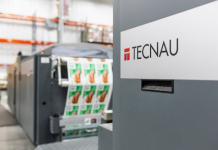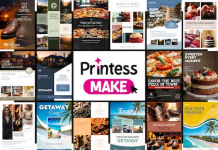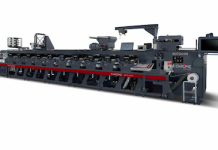While schools and tertiary institutions have reopened across the country, many students still struggle to adapt to the ‘new normal’ which includes the continued facilitation of online learning. But how effective is this method and what does it mean for printed textbooks?
Covid-19 has changed our education system forever – whether it is ultimately for the better is still to be determined. The most significant impact of the pandemic on education has been the move towards online learning as a solution for students to continue with their school and academic studies.
According to Steve Thobela, Novus Holdings Group Executive: Africa Business Development, physical books remain a fundamental educational resource in schools that have limited to no access to digital solutions.
‘Access to books for academic purposes is critical for South Africa. We simply cannot risk intensifying the literacy challenges we already face within our country and in that, the delivery and availability of physical books remain essential so that we can continue to build a reading nation.’
He added, ‘While we want to be optimistic and believe that the tech solution of online learning will in the end affect a positive change in our country’s complex education system, to date it has primarily shined the spotlight on deep inequality in terms of having access to connectivity and hardware.’
The reality remains that the educational gap between children of the rich and middle-class, who are mostly located in urban areas and big cities, and children based in townships and rural communities will be even bigger despite all educational online efforts.
‘Our school system already carries historical inequalities and pre-existing challenges such as language, lack of funds, infrastructure and resources all playing a role. Digital transformation can only be achieved if government considers various solutions to issues such as connectivity, expensive data costs, skills development, hardware access as well as contextual multilingual digital learning content,’ said Thobela.
Many of our schools have little or no technology facilities, together with teachers that have varying digital skills and training. According to UNESCO, nearly 90% of students in Sub-Saharan Africa do not have access to household computers and 82% lack internet access.
A study published by the journal, Pediatrics, suggests that toddlers who read from a screen are less likely to interact with their parents than those who sit with a traditional book.
Researchers from the University of Michigan had parents read similar stories to their two-and three-year-olds in different formats ,which included a traditional print book, an e-book on a tablet and a more enhanced electronic version with animation and sound effects. The interactions were recorded to determine and study the verbal and emotional interaction. It was established that the printed books generated more interaction between the parents and children and created more dialogue as the images and story were discussed.
There will always be benefits to both online learning and physical books. ‘We do however need to be realistic and acknowledge where we are as a country. Currently, if our government schools did not have access to printed reading books and workbooks, there would simply be no education,’ concluded Thobela.
The benefits of print in education:
– Extremely portable: print materials can be used in any location.
– High comfort level: most students are very comfortable using print materials to learn.
– Cost-effective: print materials can be created and duplicated with little expense.
– Readily available: many distance learning courses can take advantage of existing textbooks, thus saving the time and expense of creating custom materials. You also do not need special equipment to be able to use printed material and you can access printed material even during load shedding.
– Shareable: print materials can be easily shared amongst students and even across classrooms.
– Memorable: students are more likely to remember hardcopy material as multiple senses are being used such as the sense of touch, sight and smell.
– Aids concentration: when reading print, you are more likely to concentrate on what you are reading, and therefore are more inclined to finish what you are reading. When it comes to education, most students prefer a physical book when learning as it is easier to comprehend.
NOVUS HOLDINGS
+27 21 550 2500
info@novus.holdings
http://www.novus.holdings





















